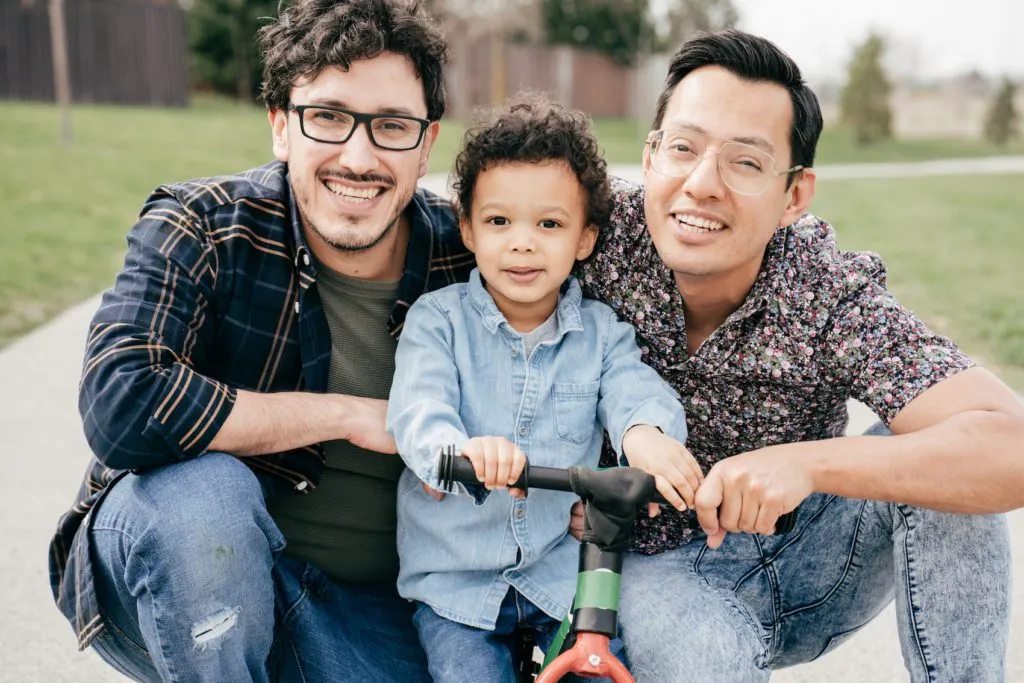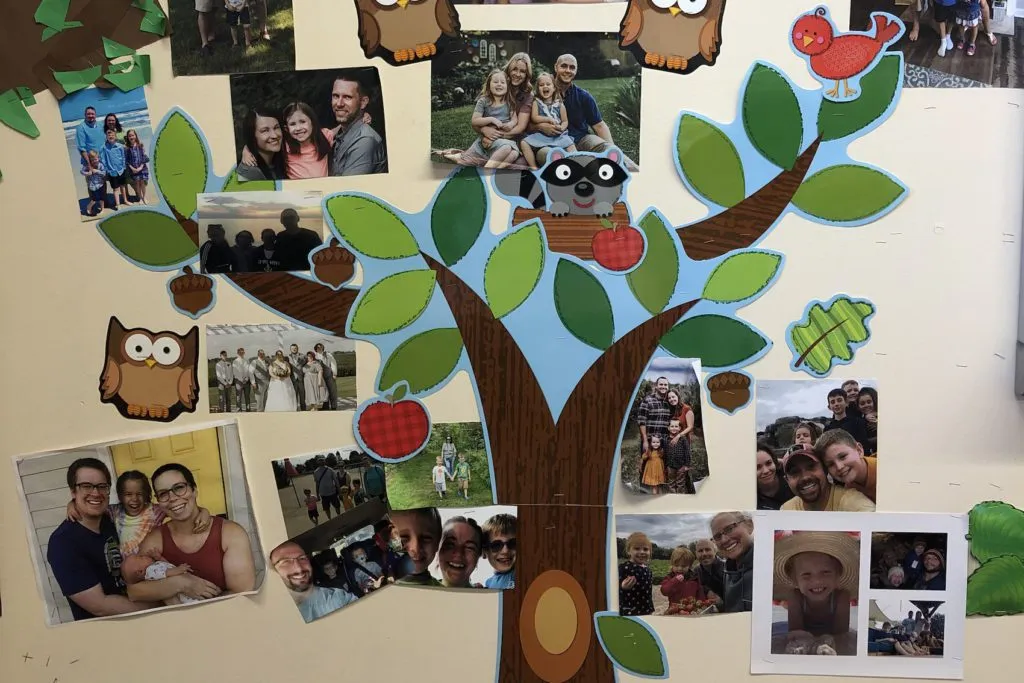Educating the Whole Child: Extending Children’s Learning at Home


“Home and school are a young child’s two most important worlds. When home and school are connected in positive and respectful ways, children feel secure and ready to learn.”
The two sentences above open chapter 5 of Volume 1 of The Creative Curriculum for Preschool, Guided Edition. Two sentences, comprising a mere 29 words—but these are words that have the power to transform your classroom; your practice; and, most importantly, the lives of young children and their families.
It’s Always the Right Time to Support Children and Families
Here at Teaching Strategies, we have always sought meaningful and practical ways to help families support their children’s learning. We have always known that positive relationships between teachers and families are more than the sum of their parts and that the hard work of development and learning is made both easier and more impactful when we all work together on children’s behalf.
Including Families in the Environment
Before you extend learning to home, families must feel as if they are part of the classroom. The Creative Curriculum for Preschool, Volume 1: The Foundation (an educator resource included with The Creative Curriculum for Preschool) offers much guidance on how to partner with families to create a successful preschool program. One of the key elements of this guidance is to make families feel welcome from the start.
Your physical environment is often the first part of your classroom practice to make an impression on families, which makes it a great place to begin making families feel welcome.
Consider some of these ideas from The Creative Curriculum for creating a space where families feel like they are welcome and valued.
- Include family photos in your classroom displays to help families feel like they are part of the overall classroom community. Adding an “Our Families” wall with a collage of pictures for each child’s family is a great place to start. If you already have this, consider other places around your classroom where family photographs would add to the “home-like” feel of the classroom. For example, in the Dramatic Play area, families might share pictures of themselves cooking. In the Library area, families could share pictures of themselves reading bedtime stories with their child. These small additions go a long way towards helping families feel like they are part of the day-to-day activities in their children’s classroom.
- Invite families to share items from their homes that carry cultural or personal significance with the classroom. For example, they might bring in a handmade quilt, art pieces, or cultural decorations for holidays. This sends the message that families’ cultures, beliefs, and values are a key part of representation and diversity in your classroom. Note that “sharing” here can range from bringing in the item to talk about it with children to lending it to the classroom for display or even use. Follow the family’s lead on how they feel most comfortable sharing these meaningful items with young children.
- Provide a place for adult family members to hang coats and bags and to sit with children for meals or a book. This small gesture sends the message that families are welcome to spend some time in your classroom.
- Offer a library of books, puppets, and other materials that families can check out for use at home. This simple act lets families know that you value and support them as their children’s first and most important teachers.
Including Families in Studies
Studies are the heart of The Creative Curriculum for Preschool. This project-based approach to learning offers children the opportunity to experiment, predict, and problem-solve as they ask questions and carry out investigations on a study topic. The depth of learning that happens during a study, combined with the “everyday” nature of the study topics in The Creative Curriculum for Preschool, provides natural opportunities for families to get involved in their children’s learning.
In fact, families are such an important part of studies that each Teaching Guide included in The Creative Curriculum for Preschool includes several resources to support family involvement, such as Letters to Families and suggestions for materials that families can collect and donate (many items are free!). Families are also invited to join the class for their Celebration of Learning at the conclusion of a study.
Part of the power of the studies in The Creative Curriculum is the universal nature of the study topics. Studies are built around materials that are meaningful and relevant to children’s everyday lives and that families already have (e.g., boxes, trees, buildings) or do (e.g., exercise, reuse and recycle) at home or in their neighborhoods.
Breaks from school offer perfect opportunities to seamlessly extend the essential elements of The Creative Curriculum into children’s lives with their families. For example, during winter break, families may have more opportunities to collect and play with a wide variety of boxes, enjoy group exercise (indoor or outdoor!), examine and appreciate trees, pay attention to decorative changes in the exterior of nearby buildings, or catch up on the family’s reuse and recycling of materials around the home. A teacher can provide a question or suggestion related to a current study, recall a past study, or build enthusiasm for an upcoming study just by suggesting that families look for ways that they naturally explore the topic at home.
The Creative Curriculum Cloud, Extending Learning at Home
While all users of The Creative Curriculum for Preschool have access to many resources for strengthening family partnerships and extending learning at home, the resources in The Creative Curriculum Cloud provide teachers with even more simple yet powerful ideas and tools for engaging families. Curriculum resources such as At-Home Guided Learning Plans and Mighty Minutes provide quick, easy ways for families to purposefully engage their children in learning activities. The wide selection of books available to families through the Digital Children’s Library also ensures that every child in your class has access to high-quality children’s literature.
Yes, home and school are indeed a child’s two most important worlds. When preschool teachers and families work together to forge positive, respectful relationships and provide interesting and meaningful learning experiences, those two worlds transform into a veritable universe of support for children.

An Early Childhood Educator’s Guide to a Whole-Child Approach
For everything you need to know about the whole-child approach, download our free eBook today.


